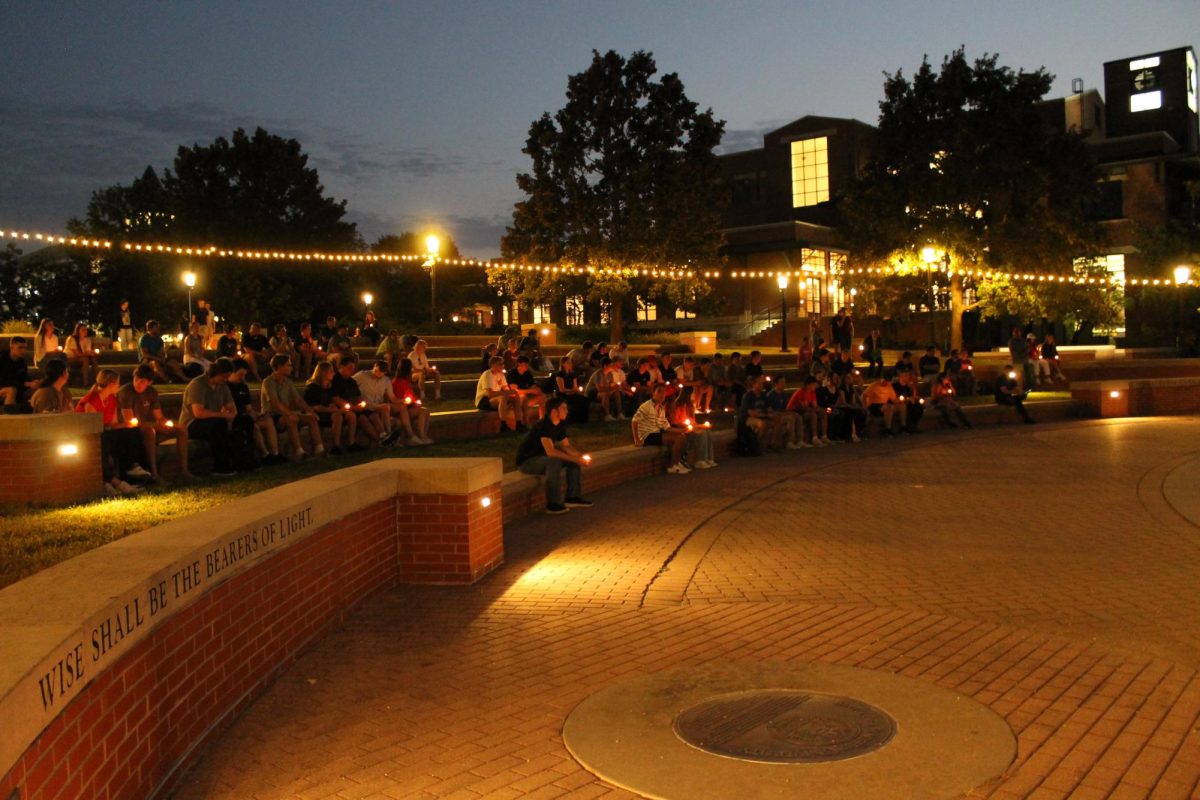Columbia’s struggle to support its growing population continues.
The city, in the midst of a population boom, will have an infrastructure investment gap of about $1 billion by 2050, according to a report by the Downtown Columbia Leadership Council.
Mayor Bob McDavid founded the council in April to deal with inadequate funding not only for hard infrastructure like roads and water lines, but also for “soft infrastructure” like the police and fire departments.
Columbia’s population has increased almost 2 percent every year since 2010 and almost 40 percent total since 2000, according to the United States Census Bureau.
The city must quickly address infrastructure that is rapidly becoming obsolete and inadequate, said First Ward Councilwoman Ginny Chadwick.
“It’s no secret that Columbia’s infrastructure is in dire need of repair,” Chadwick said. “Since the lack of passage of the development fees and the public safety bond issue, we have to reevaluate our options.”
This summer, several developments, including the Opus Group, ignited concerns about adding strain to overburdened electrical, water and sewer lines downtown. Two petitions and a lawsuit to prevent Opus from building were eventually overturned and Opus has moved forward with construction.
Meanwhile, Columbia needs to hire 22 firefighters to match the National Fire Protection Association recommendations for the staff-to-population ratio, and the Columbia Police Department is equally understaffed.
[A bond issue which would have increased funding for the police and fire departments failed to pass on Nov. 4](https://www.themaneater.com/stories/2014/11/12/safety-scramble-for-funding-after-prop-one-defeat/). Another bond issue that would have increased fees for developers to spread out costs to update infrastructure after new development also failed. After both propositions failed, Columbia is still left with a shortfall.
Chadwick said believes increasing taxes and fees may be the only way to provide Columbia with adequate infrastructure. She said the sewage connection fee has been increased and will continue to increase, which has eased the sewer system’s strain. A potential way to update the electrical system is to increase electric rates and fees for residents, which will be presented as a bond issue in April.
Chadwick said the city is also considering updating its zoning rules for downtown development, and inserting a clause requiring the city to have adequate infrastructure in place before construction.







